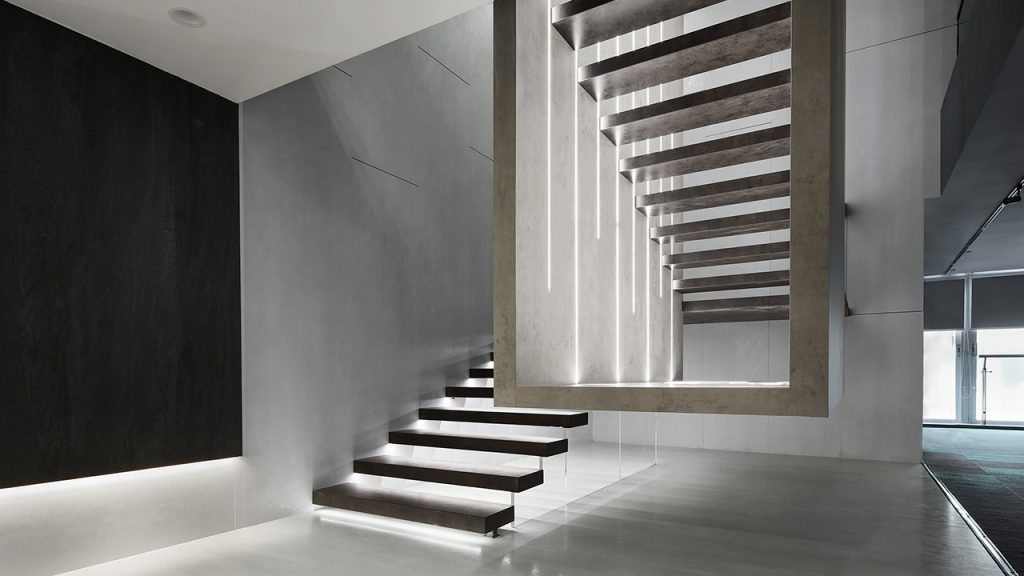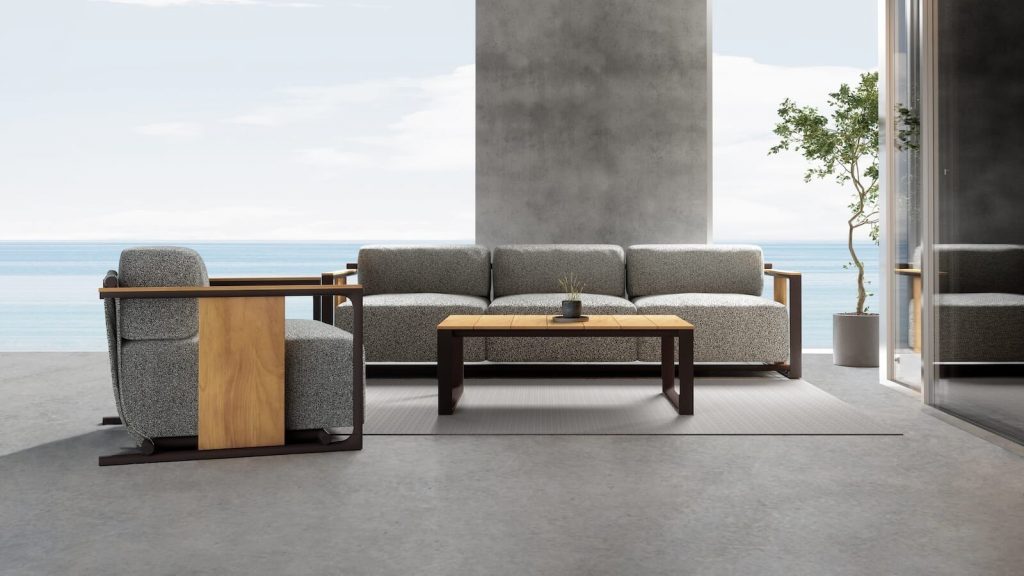In an era marked by growing environmental consciousness, sustainable architecture has evolved from being a mere trend to becoming an essential philosophy. Architects, designers, and builders are constantly seeking materials that align with eco-friendly principles while maintaining aesthetic and functional excellence. Sintered stone, a cutting-edge material, has emerged as a frontrunner in this pursuit, offering a sustainable alternative for modern architecture. This article delves into the eco-friendly aspects of sintered stone, emphasizing its low environmental impact, recyclability, and how it aligns with sustainable design principles.
Understanding Sintered Stone: A Brief Overview
Sintered stone is a revolutionary material that combines natural minerals with advanced technology. It is created through a process known as sintering, which involves subjecting raw materials to high temperatures and pressures. The result is a durable, versatile, and aesthetically appealing product that is finding increasing use in architectural projects, interior design, and furniture manufacturing.

Source: Internet
Low Environmental Impact
One of the standout features of sintered stone is its remarkably low environmental impact. Traditional materials like marble, granite, and concrete often require extensive mining, energy-intensive processing, and transportation, contributing to significant carbon emissions and habitat disruption. In contrast, the production of sintered stone involves a controlled manufacturing process that minimizes waste, emissions, and resource consumption.
The eco-friendliness of sintered stone begins with its composition, which often includes recycled materials, industrial byproducts, and natural minerals. By repurposing these materials, the demand for virgin resources is reduced, leading to a decrease in overall environmental strain. Furthermore, the sintering process itself requires less energy compared to the production of traditional stone materials, resulting in a reduced carbon footprint.
Recyclability and Longevity
Sintered stone’s sustainability is not limited to its production phase; its longevity and recyclability make it an excellent choice for minimizing waste in the long run. Unlike many traditional materials that degrade over time, sintered stone boasts exceptional durability. Its resistance to wear, weathering, and chemical damage ensures that it can withstand the test of time without compromising on its aesthetic appeal or functional properties.
Moreover, at the end of its life cycle, sintered stone can be ground down and reused in the production of new slabs or other construction materials. This closed-loop recycling approach significantly reduces the need for disposal in landfills, making sintered stone an exemplary model of circular economy principles.

Source: Internet
Alignment with Sustainable Design Principles
Sustainable architecture emphasizes designs that minimize the negative impact on the environment while enhancing human well-being. Sintered stone seamlessly aligns with these principles due to its versatile applications, aesthetic flexibility, and eco-friendly attributes. Designers can use sintered stone to create energy-efficient buildings by harnessing its thermal mass properties for natural temperature regulation. Its versatility allows it to be used for flooring, cladding, countertops, and even ventilated facades, providing architects with numerous options to incorporate sustainable elements into their projects.
Furthermore, sintered stone’s aesthetic diversity allows it to mimic the appearance of various natural materials, reducing the demand for quarrying and preserving ecosystems. The material’s adaptability encourages innovative and sustainable design solutions that transcend traditional boundaries, thereby promoting a holistic approach to architecture.
Conclusion
Sustainability in architecture is more critical now than ever, and sintered stone stands out as a green choice that embodies the ideals of eco-conscious design. With its low environmental impact, recyclability, and alignment with sustainable design principles, sintered stone offers architects and designers a versatile tool to create structures that are not only aesthetically pleasing but also environmentally responsible. By choosing sintered stone, we contribute to a greener future while leaving a positive mark on the landscape of modern architecture.
